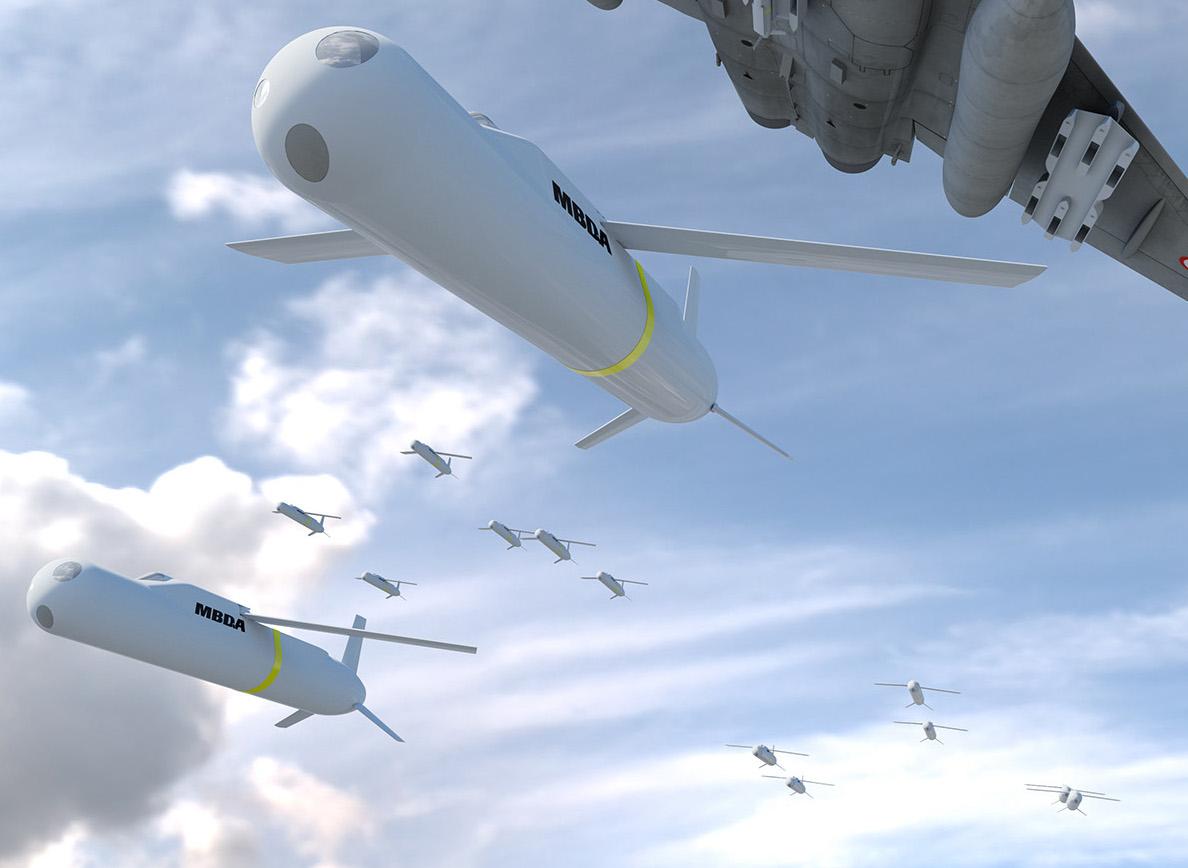
DUBAI—A growing team of Emirati engineers has started pre-development work on new-generation stand-off weapons that will be designed and produced in the United Arab Emirates.
European missile manufacturer MBDA is working on its Smart family of weapons at its newly established Abu Dhabi-based Missile Engineering Center, which it has set up in conjunction with national defense acquisition agency the Tawazun Council.
The center began operations in January but was formally inaugurated in June and is MBDA’s first facility of its kind outside Europe.
“This is not about building a production line here for a weapon which has already been developed,” Patrice Hajjar, MBDA’s vice president for the Middle East, tells Show News at the Dubai Airshow, “We are starting from the beginning, ensuring local content is embedded and integrated, to do production and to ultimately export from here.”
The missiles will be part of a family of networked-enabled weapons including an unpowered version that will be able to collaborate via datalink through MBDA’s proposed Orchestrike technology, announced at the Paris Air Show. Envisaged for integration on the UAE’s future fleet of Dassault Rafale fighters which are currently on order, each Rafale will be able to carry 18 weapons, with six on the proposed Hexa launcher that also will be developed in the UAE.
The Missile Engineering Center will also support integration in the UAE. Dassault already has a flight-test center supporting the integration of UAE-developed weaponry on the Mirage 2000, but this will be ramped up to support integration onto the Rafale.
“The weapon will be endorsed by the UAE Armed Forces, the specifications will be discussed and drafted with the end user,” Hajjar says.
He says he does not want the weapon to become a competitor to existing weapons developments in the UAE.
“We want to find a good fit in this market and try to be a co-petitor rather than a competitor,” he adds.
Current plans call for development of the weapons to formally begin in 2025 with the aim of delivering a product in around 2030, Hajjar says, adding that the timeline matches the trend for the development and introduction of collaborative weaponry.
The facility also will develop other weapons, Hajjar says, but he is reluctant to say what those developments will be.
